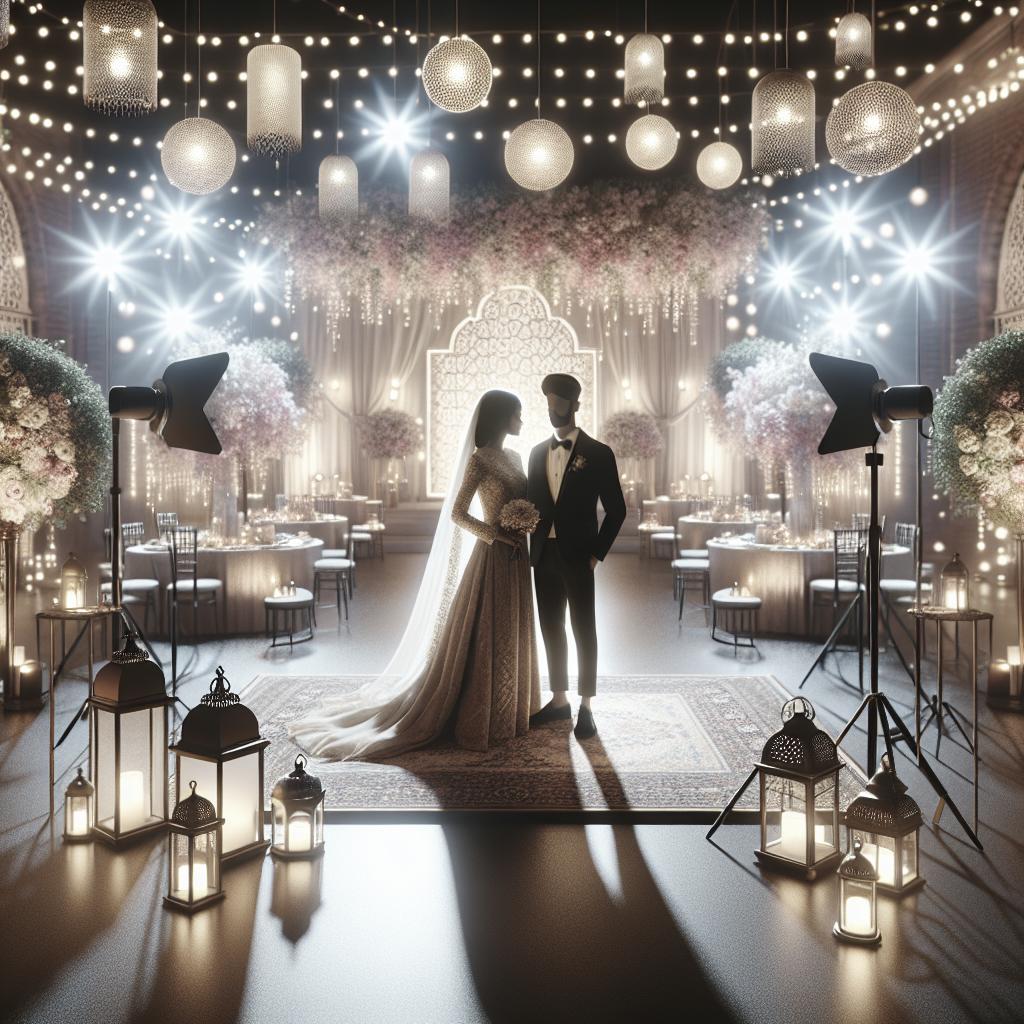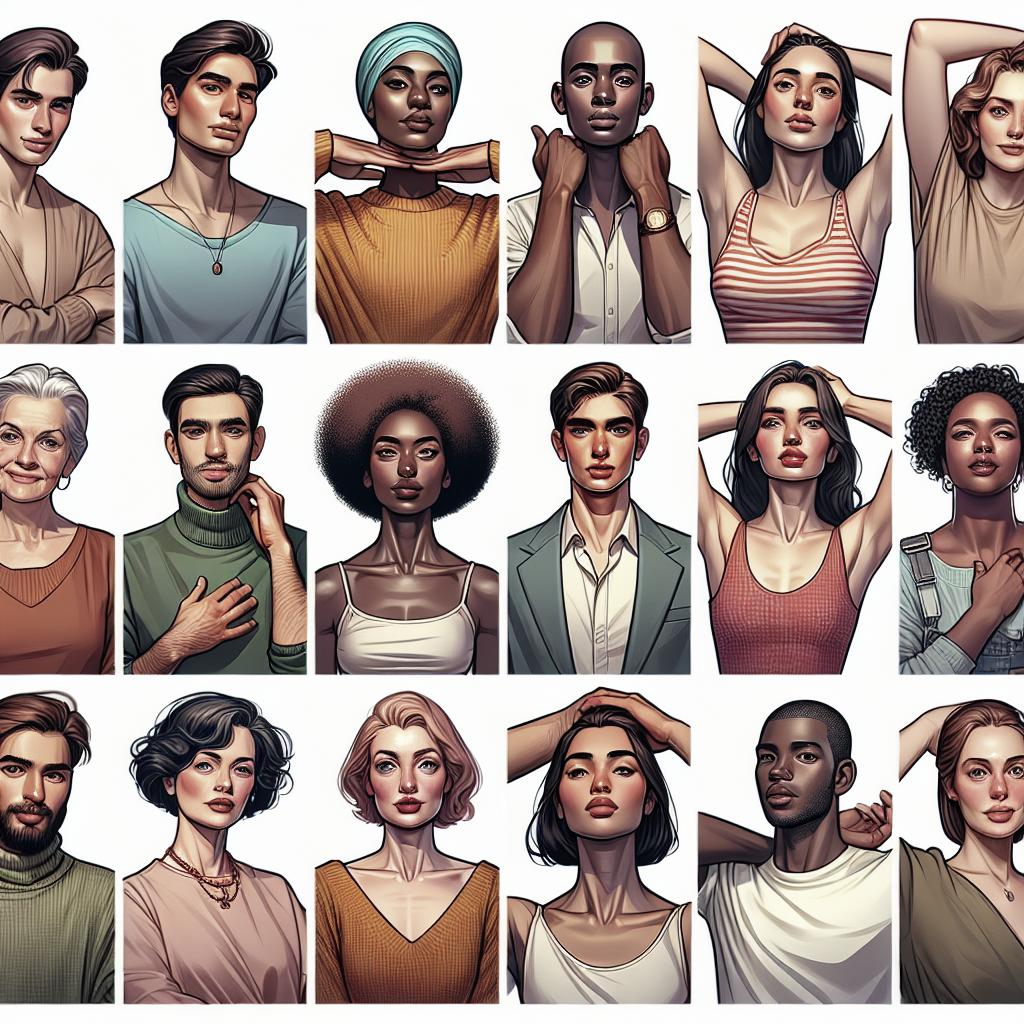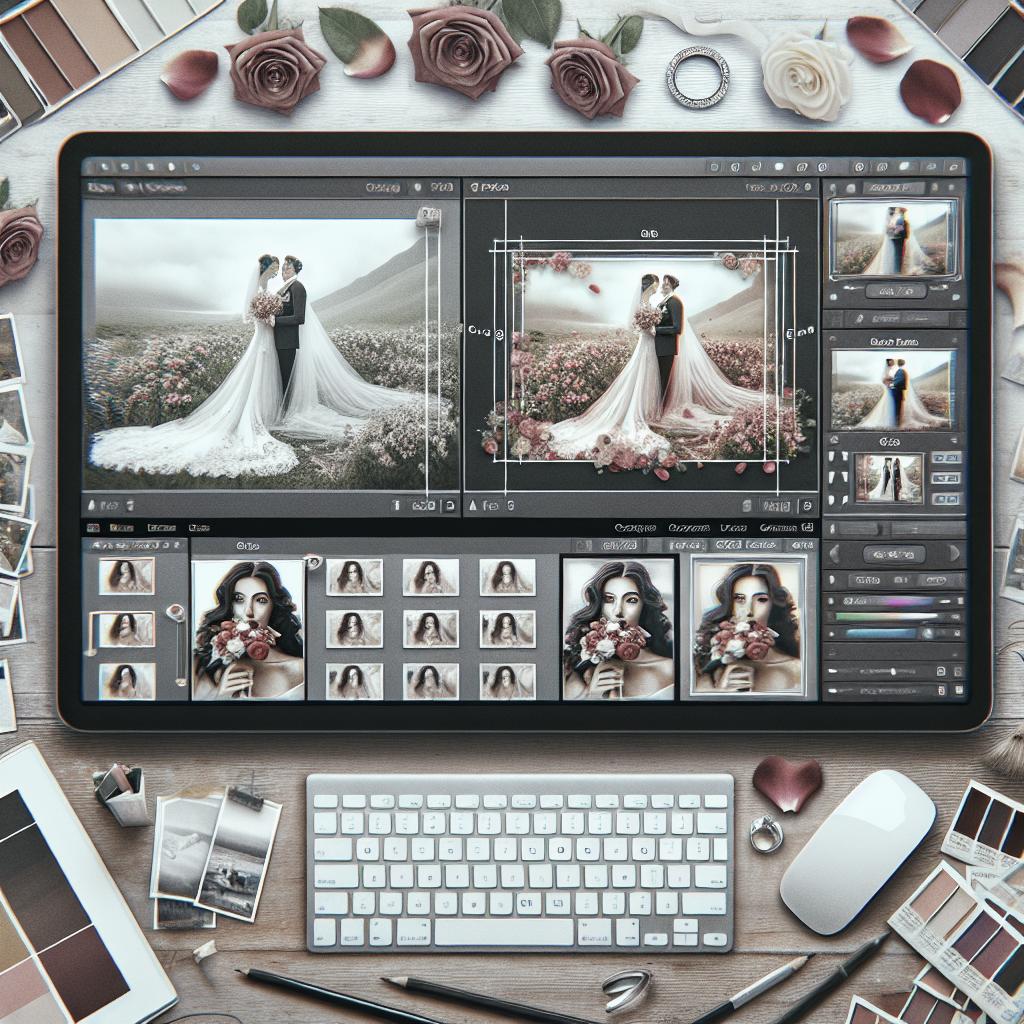<>
Lighting a wedding venue for photos is an art form that can transform ordinary moments into extraordinary memories. Whether it’s the warm glow of a candlelit reception, the radiant sparkle of fairy lights, or the strategic use of natural daylight, effective lighting is crucial for capturing stunning wedding photographs. This blog post delves into the nitty-gritty of wedding reception lighting, providing you with practical tips and professional insights to light a wedding venue perfectly. We’ll cover various aspects such as general reception lighting, specific scenarios you might encounter, and how geographical location impacts your lighting choices. By the end of this article, you’ll have a comprehensive understanding of how to illuminate any wedding venue to create gorgeous, photo-ready scenes that every couple will cherish.
Reception Lighting
The ambiance of a wedding reception is significantly influenced by the type of lighting used. Ambient lighting, string lights, candlelight, and LED uplighting can create different moods and aesthetics. Understanding the role of each lighting type can help you make informed choices based on the desired atmosphere and photographic requirements. String lights are versatile and can be used both indoors and outdoors to add a touch of magic. When draped across the ceiling or through trees, they create a whimsical environment that translates beautifully in photographs. Similarly, LED uplighting can be used to highlight architectural details or add a splash of color to the venue, enhancing the mood and aesthetic appeal. Candlelight offers a romantic and intimate ambiance but requires careful positioning to avoid harsh shadows in photos. Combining multiple lighting sources can provide a balanced and dynamic environment. For instance, pairing candlelight with soft LED uplighting can create depth and texture, making each photo more captivating.
Wedding Reception Photography Lighting
Capturing the essence of a wedding reception requires not just skill but also the appropriate lighting setup. Professional photographers often bring their equipment, but understanding how in-house lighting can complement their efforts goes a long way in producing remarkable photos.
Fast Is Best
Speed is crucial when dealing with wedding photography. The quicker you can adjust your lighting, the better you can adapt to spontaneous moments. LEDs are an excellent choice due to their instant full brightness and versatility. They allow photographers to quickly adapt to changing environments and catch those candid, fleeting moments. Another aspect of speed is the setup and breakdown of lighting equipment. Portable, battery-operated lights are advantageous as they can be easily repositioned throughout the event. This flexibility is vital for capturing different angles and diverse scenes without causing disruptions.
A Million Ways To Light A Scene
There isn’t a one-size-fits-all approach to lighting a wedding venue. Every scene can be lit in numerous ways depending on the time of day, indoor versus outdoor settings, and the couple’s vision. Understanding the key lighting positions—key light, fill light, and backlight—can help photographers manipulate lighting to the best effect. Key lights serve as the primary source, while fill lights soften shadows, and backlights add depth by separating subjects from the background. Once you’re familiar with these basics, experimenting with angles and intensities can yield creative and unique results.
Where You Live Matters
Geographical location plays a significant role in lighting decisions. For instance, a wedding in a desert location will likely have an abundance of natural light, enabling more straightforward setups. In contrast, a winter wedding in a northern region with limited daylight may require more artificial lighting solutions. Adapting to local conditions ensures that your lighting enhances the venue and the photographs. It’s essential to consider not just the weather and natural light but also cultural elements that might influence lighting choices, like traditional decorations or color schemes.
Reception Lighting Scenarios
Event Coverage
Effective event coverage means being prepared for various lighting scenarios. Weddings usually have different segments—ceremony, cocktail hour, dinner, dancing—and each requires its unique lighting setup. For instance, soft, warm lighting might be ideal for intimate moments during dinner, while more dynamic, colored lighting could be perfect for the dance floor. One way to ensure comprehensive coverage is to create a lighting plan that predicts different scenarios. It allows quick adjustments and ensures that no matter what part of the event is happening, the lighting will always complement the action and enhance the photographs. Another approach is to use layered lighting. By combining ambient, task, and accent lighting, you create a flexible lighting scheme that can be easily adapted to various parts of the reception. This method ensures that every corner of the venue is adequately lit, making it easier to capture picture-perfect moments from anywhere in the room.
Leave a comment
We hope these tips and insights help you create a beautifully lit wedding venue that results in stunning photographs. If you have any questions, tips of your own, or simply want to share your experiences, please leave a comment below. We love hearing from our readers and value your input in making our content more enriching for everyone!
| Section | Content Summary |
|---|---|
| Reception Lighting | Overview of different types of reception lighting and their effects on ambiance and photos. |
| Wedding Reception Photography Lighting | Discusses the importance of fast lighting adjustments and various methods to light a scene for photography. |
| Fast Is Best | Highlights the importance of quick lighting adjustments and the benefits of LED lighting. |
| A Million Ways To Light A Scene | Explains different lighting setups and techniques to enhance wedding photography. |
| Where You Live Matters | Discusses how geographical locations impact lighting choices for wedding venues. |
| Reception Lighting Scenarios | Covers various lighting scenarios and how to adapt lighting for comprehensive event coverage. |
| Event Coverage | Offers strategies for planning and executing effective lighting throughout different segments of a wedding. |
| Leave a comment | Encourages readers to share their questions, tips, and experiences in the comments section. |
Thank you for reading, and happy lighting!


